

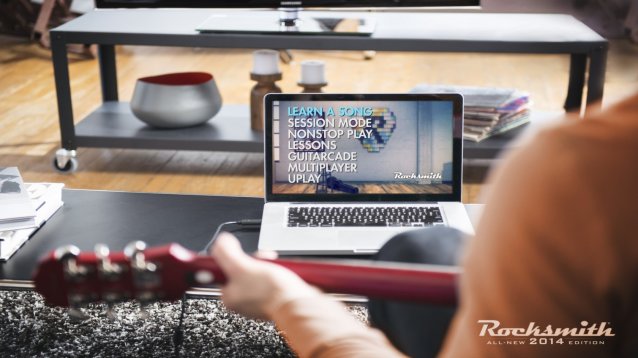
This is the third of three parts tracking the progress while taking the Rocksmith 60 Day Challenge alongside private guitar lessons. | Part 1| Part 2| Part 3 |
Jason leafs through 15 pages of sheet music and listens to the song Save Your Scissors emitting from the iPhone speaker. He taps his foot along to the tempo and then says, "The transcription is wrong." He grabs his acoustic guitar and plays the robotic note sequence printed on the sheet music. He explains the transcriber selected the correct notes, but failed to notate the proper playing technique.
I bought the sheet music from the City and Colour website to avoid any transcription errors, yet even that didn't work. I'll unlikely see song DLC from some of my favorite Canadian punk bands, but Rocksmith 2014 at least provides guitar players with a perfect way to access an entire library of music in their proper form.
As players master parts of songs, Rocksmith adds new notes to slowly reach the song's full form. During my climb to 50% mastery of Weezer's Say It Ain't So, I noticed my hands instinctually trying to fill in the gaps of notes or chords purposely left out. In the intro section I can hear the slow downward strum of all six strings in succession. Given my 41% mastery, Rocksmith only plots the low E string on the fret board highway, leaving the remaining five strings for when I'm ready to play them.

I didn't reach the 50% mastery goal made at the end my 40 day recap, but I still managed to reach 41% mastery from my 34.1% plateau. Since my climb from 34.1%, my ability to recognize missing notes from the fret board highway shows my slowly developing ear for the distinctive guitar sounds. I can't sight read sheet music and immediately tell you if the notation is accurate, but I can more often recognize the sound of a G string or an A string when they ring. If my guitar is out of tune, I can immediately hear it. Rocksmith forces players to tune their guitar before playing, inscribing in their minds the notable sounds of E standard tuning while training their musical ear.
As I begin to recognize the sounds of chords and strings, I grow more annoyed at the Riff Repeater's assumption of sight reading ability. I already spoke about the Riff Repeater as an invaluable tool to learn each part of a song, but it can improve its accessibility for new players. When Rocksmith shows a new chord in a Riff Repeater session, the game doesn't pause or introduce the new chord; it repeats the section as usual. The continuation doesn't give players an opportunity to learn the finger placements, forcing players to fumble between their controller and guitar. I'd rather not juggle my guitar and controller to wait for the perfect time to pause, but a better option doesn't exist.
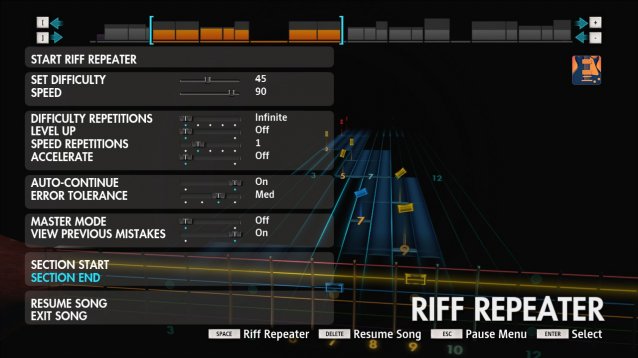
The Riff Repeater's missing pause seems like a minor complaint, but the smallest of features helps ease the grind of learning guitar. When players first playing Rocksmith, it orders the strings with low E at the top of the screen and high E at the bottom. Although the string order makes complete sense, tabular sheet music positions the strings in the reverse order. It makes zero sense. Everyone knows it. Yet the option to reverse the string order saved me 60 days of annoyance and terrible habit formation.
When I return from my Saturday lessons carrying my guitar and incorrect sheet music, like concerned parents, my friends asked what I learned. Every time we speak of my lessons, Rocksmith enters the conversation and they immediately ask if they can finally buy Rocksmith. I never gave them an answer, yet now I can.
With the large library of songs, variety of options in the Riff Repeater and slow climb of a song's difficulty, Rocksmith 2014 gives players one of the best ways to learn songs on their guitar. My recommendation however, also comes with some conditions. While I think Rocksmith is a great tool to improve on existing guitar skills, however basic, I don't thinks it's the best way to learn without any experience. I won't quit my weekly guitar lessons in the near future, but Rocksmith 2014 is the best supplementary learning tool available for all guitar players.
Rocksmith 2014 Edition was developed by Ubisoft and published by Ubisoft. It was released on October 22nd, at the MSRP of $59.99. A copy was provided by the publisher for the purposes of review.

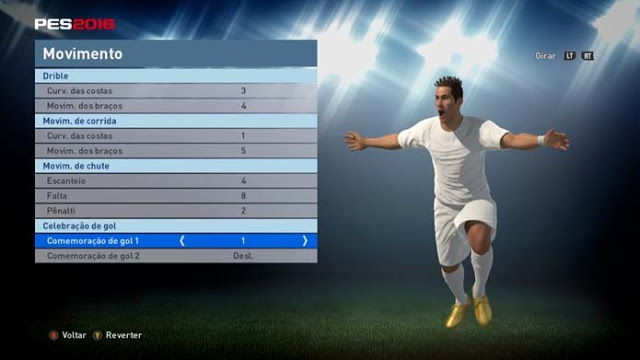
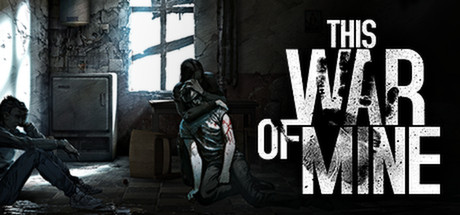

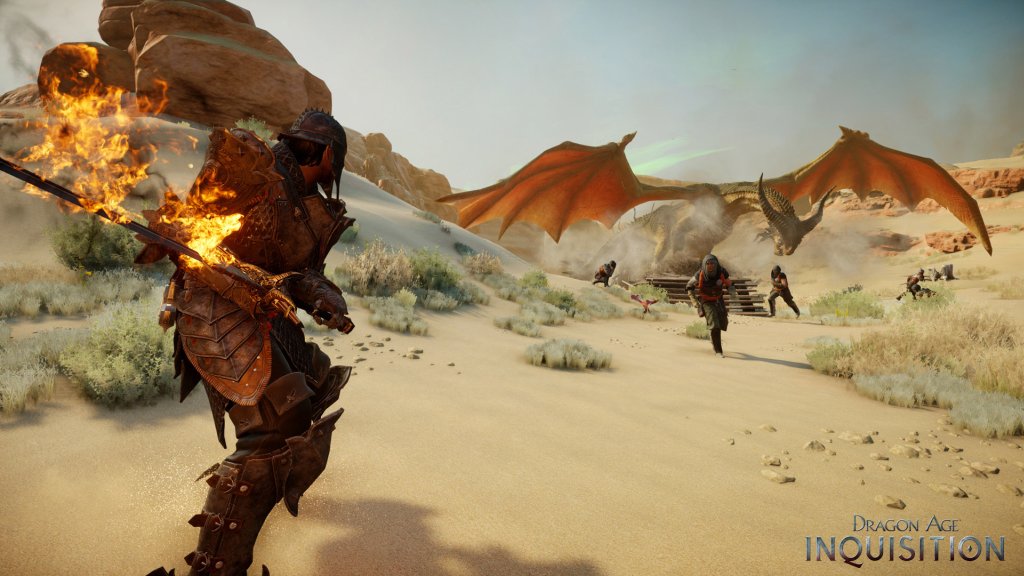 How to Fix Dragon Age: Inquisition Crashes, Freezes, Controls and Other Problems
How to Fix Dragon Age: Inquisition Crashes, Freezes, Controls and Other Problems How to Change Brightness of PS VITA screen
How to Change Brightness of PS VITA screen Homefront Walkthrough
Homefront Walkthrough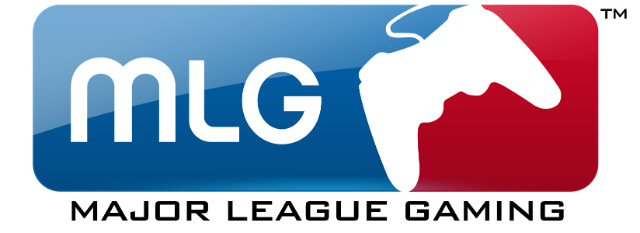 Major League Gaming App Comes To Xbox 360 With Live eSports Viewing
Major League Gaming App Comes To Xbox 360 With Live eSports Viewing How to chose the best Forces Agents for Dragon Age Inquisition, Agents Recruitment Guide
How to chose the best Forces Agents for Dragon Age Inquisition, Agents Recruitment Guide